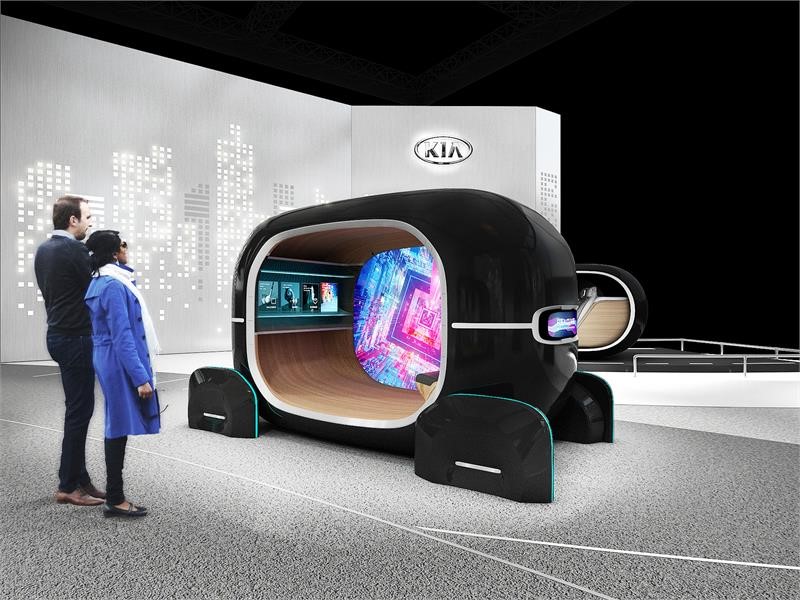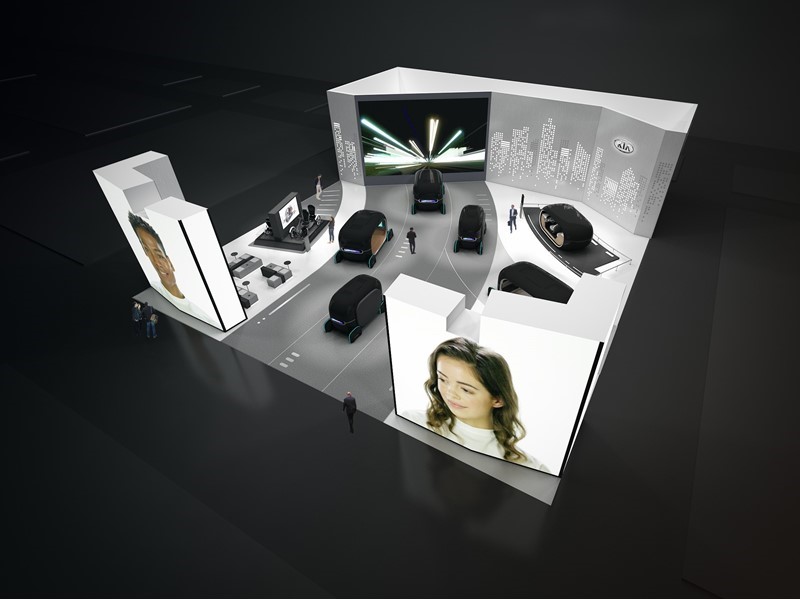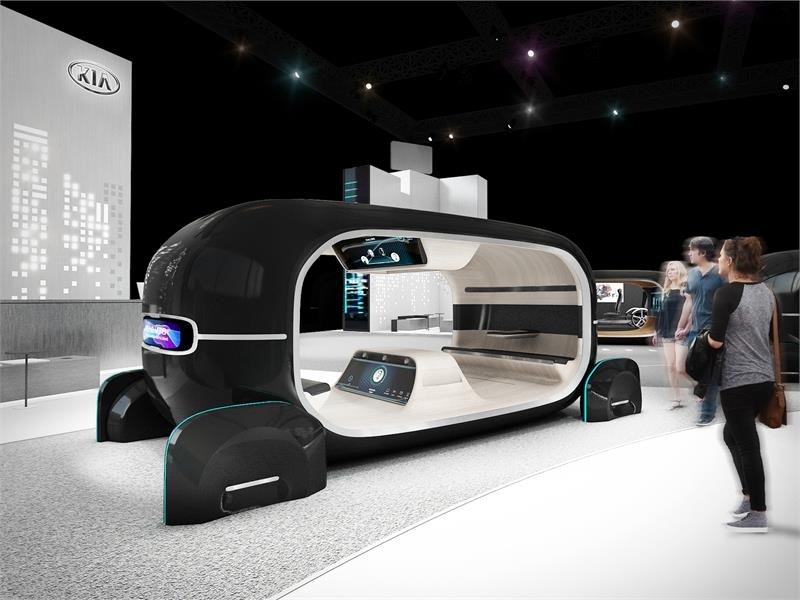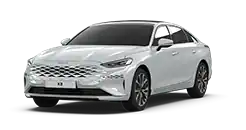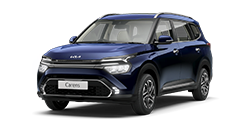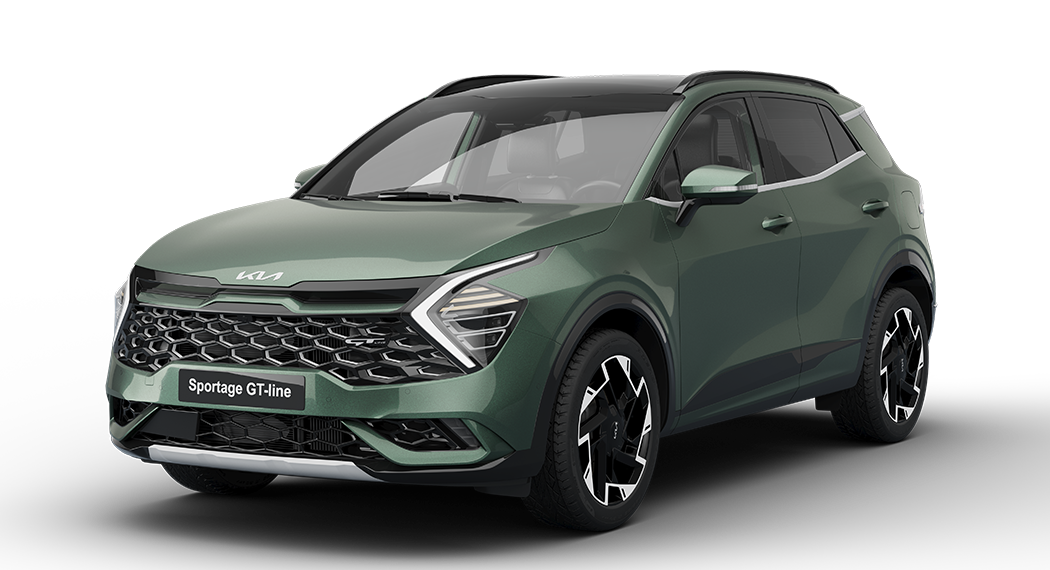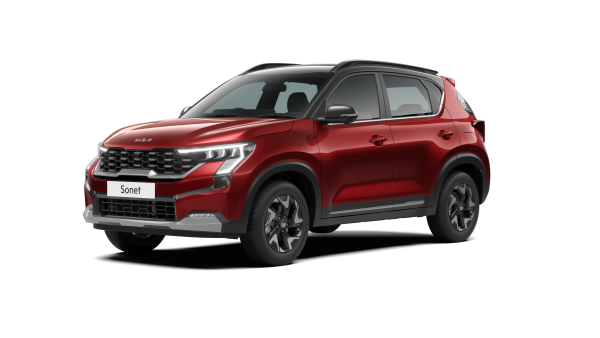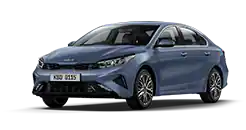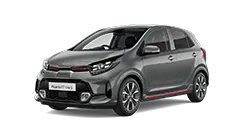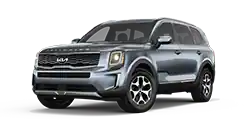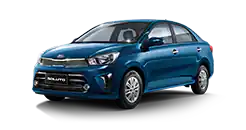Innovation
- Home
- Innovation
CES 2019
Preview a range of new technologies developed for the post-autonomous driving era at the 2019 Consumer Electronics Show (CES)

Mobility
Future Mobility Vision of KIA Motors
A car in recent years has evolved beyond the means of ‘mobility’ into the arena of another ‘living space’ with sophisticated IT technologies, including autonomous driving and connected technology incorporated in it. In addition, with the dissemination of sharing trends, which is a new paradigm of economic life, a car will accelerate the advent of the era of ‘sharing’ instead of ‘owning’ one.
The focus of the car industry ecosystem is being rapidly transformed from ‘manufacturing’ to ‘providing services’ as not only complete car makers but also IT tech giants offer new business visions that encompass a variety of ‘mobility’ services in a comprehensive manner.
Kia is actively investing in the fields of Mobility Service Platform for the Human-centric urban society.
The focus of the car industry ecosystem is being rapidly transformed from ‘manufacturing’ to ‘providing services’ as not only complete car makers but also IT tech giants offer new business visions that encompass a variety of ‘mobility’ services in a comprehensive manner.
Kia is actively investing in the fields of Mobility Service Platform for the Human-centric urban society.
WiBLE
WiBLE, the new carsharing service powered by Kia and Repsol, begins its journey through the streets of Madrid with Kia Niro Plug-in Hybrid. With a totally free registration and online validation, users can register themselves in the service. The account will be verified and activated automatically by the system in some minutes. WiBLE’s bet is focused on being a service for people, positioning itself as the largest, safest, most flexible and comfortable car that goes beyond.

Autonomous
Future of Autonomous Vehicles
Think about it for a moment. Your car navigates itself to a preset destination by monitoring surroundings on its own while you concentrate on work or lay back and talk with your friend. This is what autonomous driving technology promises us in the foreseeable future.
Drive Wise
Autonomous driving is technology-intensive as it converges dozens of precise, complex and cutting-edge technologies. The individual technologies are collectively called an advanced driver assistance system (ADAS). The ADAS technology consists of three steps: monitoring surroundings, making decisions and then handling vehicles. However, autonomous driving technology is more than half-done when all these steps are advanced and integrated enough to take full control of vehicles.
-

HDA (Highway Driving Assist)
A driving convenience feature to relieve drivers from driving stress by automatically adjusting the preset smart cruise control speed to speed limits while steering and throttling so that the vehicle can keep a safe distance from the car in front and remain in the lane. -

LKA (Lane Keeping Assist)
A driving safety assistance system that steers and keeps the vehicle in the lane -

FCA (Forward Collision Avoidance Assist)
A driving safety feature that warns the driver in the event of a potential risk of forward collision on the road and then takes control of the brake and steering systems. -
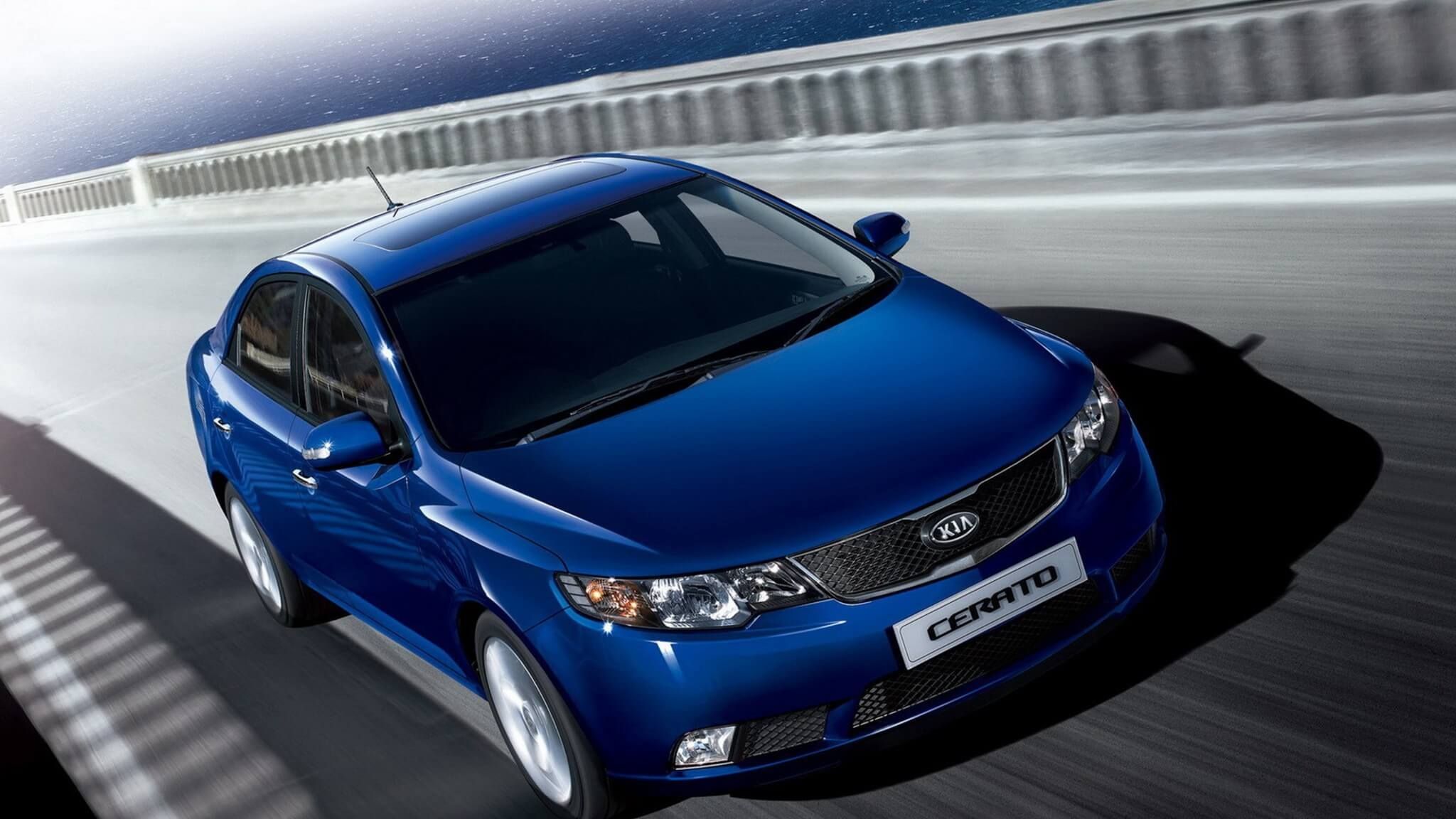
V2X (Vehicle to Everything)
Technology to exchange or share information with other vehicles or infrastructure while driving based on a wireless communication network. Smart sensors installed on roads monitor and send information on vehicles, pedestrians and road conditions.
Automated Valet Parking System (AVPS)
By utilizing the autonomous driving sensors of the vehicle, this technology makes parking as convenient as a trust-worthy valet parking service. The vehicle searches for parking slots without the driver present. The car parks itself and can be called back upon when you are leaving, as well. This feature may be used to recharge electric cars when necessary and move to another parking slot to make room for the next electric car that needs to recharge.
Connectivity
Hyper-connected Services
Today, cars are integrating computers and artificial intelligence into their systems faster than expected. They can recognize your voice and process orders you make on the touchscreen. In addition, their functions are rapidly expanding from simple basics like map searches and phone connection to more advanced features like music play, weather forecasts, scheduling, and control of vehicle features like air conditioning and sunroof Soon, connected cars will boast even more advanced features such as controlling electric appliances at home, checking the health of drivers and communicating with doctorsvia a video call.
-

Smart Care
A personal assistance system that inform the driver of upcoming appointments, while also offering directions to destinations -

ccOS (Connected Car Operating System)
An advanced software platform designed to establish a stable automobile connectivity environment and swiftly process a massive amount of data generated on the go. -

ccSP (Connected Car Service Platform)
service platform optimized for Kia’s connected cars by connecting with the car-to-car cloud to process numerous connected services.
Boundless Technology of Connectivity
The connected cars currently under development at Kia Motors take advantage of artificial intelligence and voice recognition technologies to control cars and provide information while also helping drivers stay connected to everything such as smartphones, home appliances and medical services. Simply put, it can comprehend human language, not computer language, communicated in multiple sentences like “Tell me tomorrow’s weather forecast and turn on the light at home for me,” while processing multiple orders one after another.
A Connected Future
Deep learning technology which based on big data is expediting the advancement of artificial intelligence and is also an integral part of developing connected cars. Kia Motors established its own big data center in Korea in 2013 and created a team of data scientists to fortify its big data utilization know-how. Kia’s big data center assetizes and analyzes the data collected through the cloud to realize optimized connected car services, while providing market forecasts and setting the future direction for research activities.
ECO
The coming of eco-friendly energy age
Eco-friendly vehicles (or green cars) will play a pivotal role in future mobility, and the shift from petroleum to electricity powered vehicles has already become the norm. In fact, the green car market is doubling in size each year, while the overall automobile market is only growing at a mere two percent annually. At the same time, environmental stewardship is taking center stage across the board, and Kia Motors already has achieved its goal of ranking in second place (based on combined market share with Hyundai Motor Company) in the global green car market in 2017 three years ahead the scheduled goal of 2020.
-
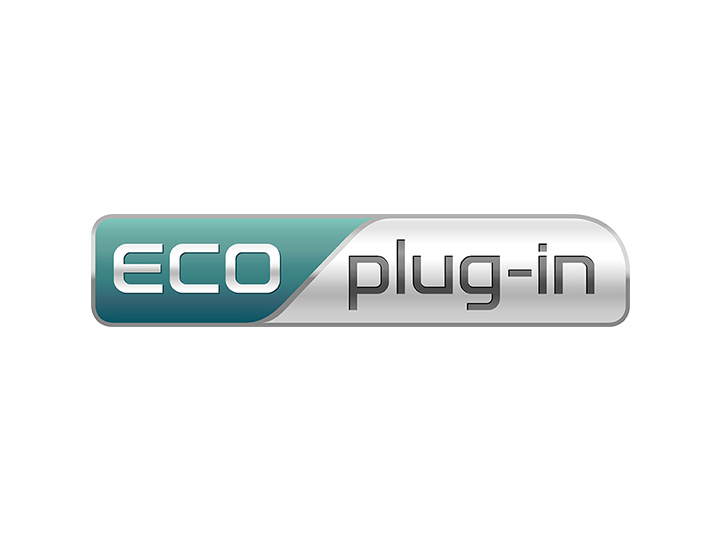
Kia’s environment-friendly brand
Coupled with “Dynamics” (Kia’s brand equity), “Eco”, signifying “Ecology” & “Economy”, makes up the term “ECO dynamics” (“Automobile of Sustainable Mobility”), which symbolizes the Company’s commitment to making sizeable contribution to the mankind and global environment. In 2018, the company’s goal is to remain steady in second place, while it has set a new target of expanding its green car line up to a total of 16 models five HEVs, five PHEVs, five EVs and one FCEV by 2025. To start, the company is preparing an EV version of the Niro, for which HEV and PHEV variants were introduced in 2016 and 2017, respectively. As you can see, the auto industry is moving forward at full speed and green cars represent the future of mobility. -

ECO
Having first introduced HEV variants of its larger-sized products like the Optima (K5) in 2011 and Cadenza (K7) in 2013, Kia Mo-tors added the Niro HEV in 2016 and plans to introduce HEVs to all product segments in the future. he Niro HEV, which received acclaim for integrating a hybrid power train with an SUV body, has established itself in the global market with its fuel efficiency of 19.5 km/ℓ and carbon emissions of 79 g/km. In particular, the Niro HEV’s battery not only is smartly located under the rear seat without compromising passenger or boot space but also has earned market credibility thanks to its lifetime warranty. -

ELECTRIC
Kia Motors launched its first electric vehicle, the Ray EV, in 2011 and added the Soul EV in 2014. Since then, each model has under gone upgrades each year. In 2018, next-generation models will be launched with significantly improved range thanks to segmentation of the in house developed battery system module that will bring capacity down to below the 5 kWh level in order to maximize space utility while providing even weight distribution and increasing the versatility of battery load capacity.
Shopping tools
Service and Parts
discover kia
work schedule
-
Saturday - Thursday:
-
8:30 AM - 4:30 PM
-
Quick Maintenance:
-
4:30 PM - 8:00 PM
-
Friday:
-
4:30 PM - 8:00 PM
-
Shopping tools
-
Services
-
discover kia
-
Kia.ly
- Home
- Innovation
COPYRIGHT(C) 2021 KIA MOTORS CORP. ALL RIGHTS RESERVED.
